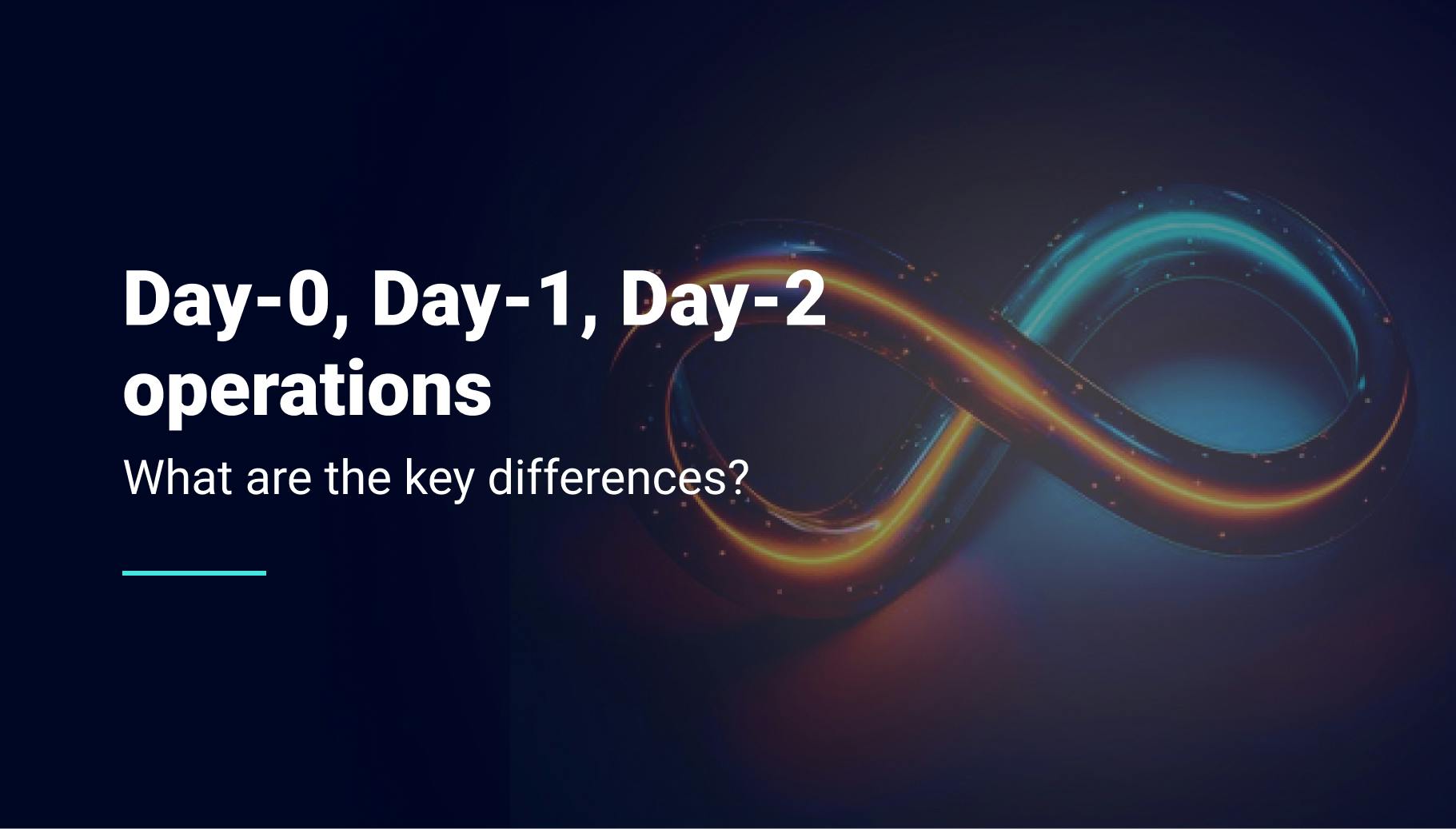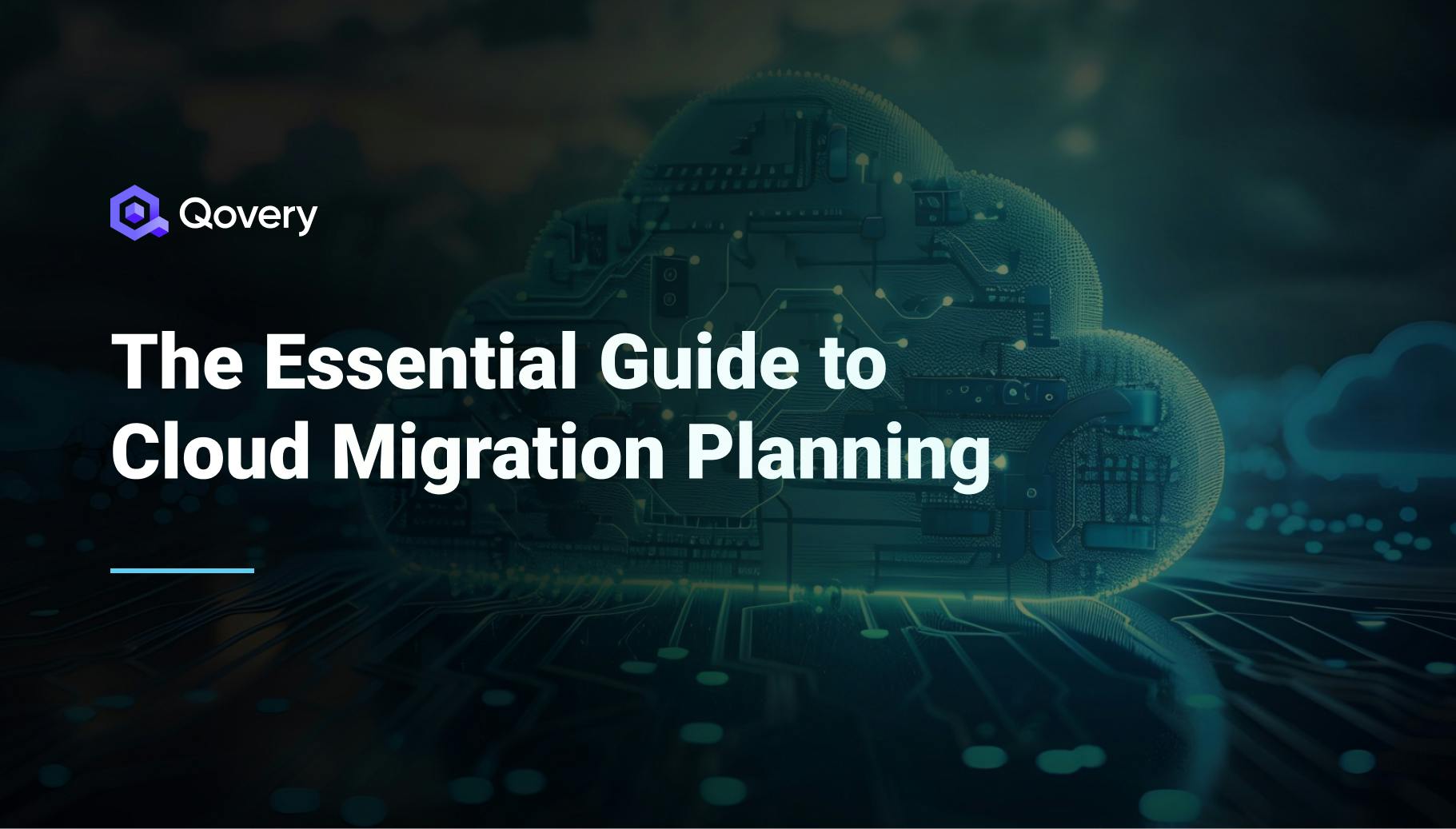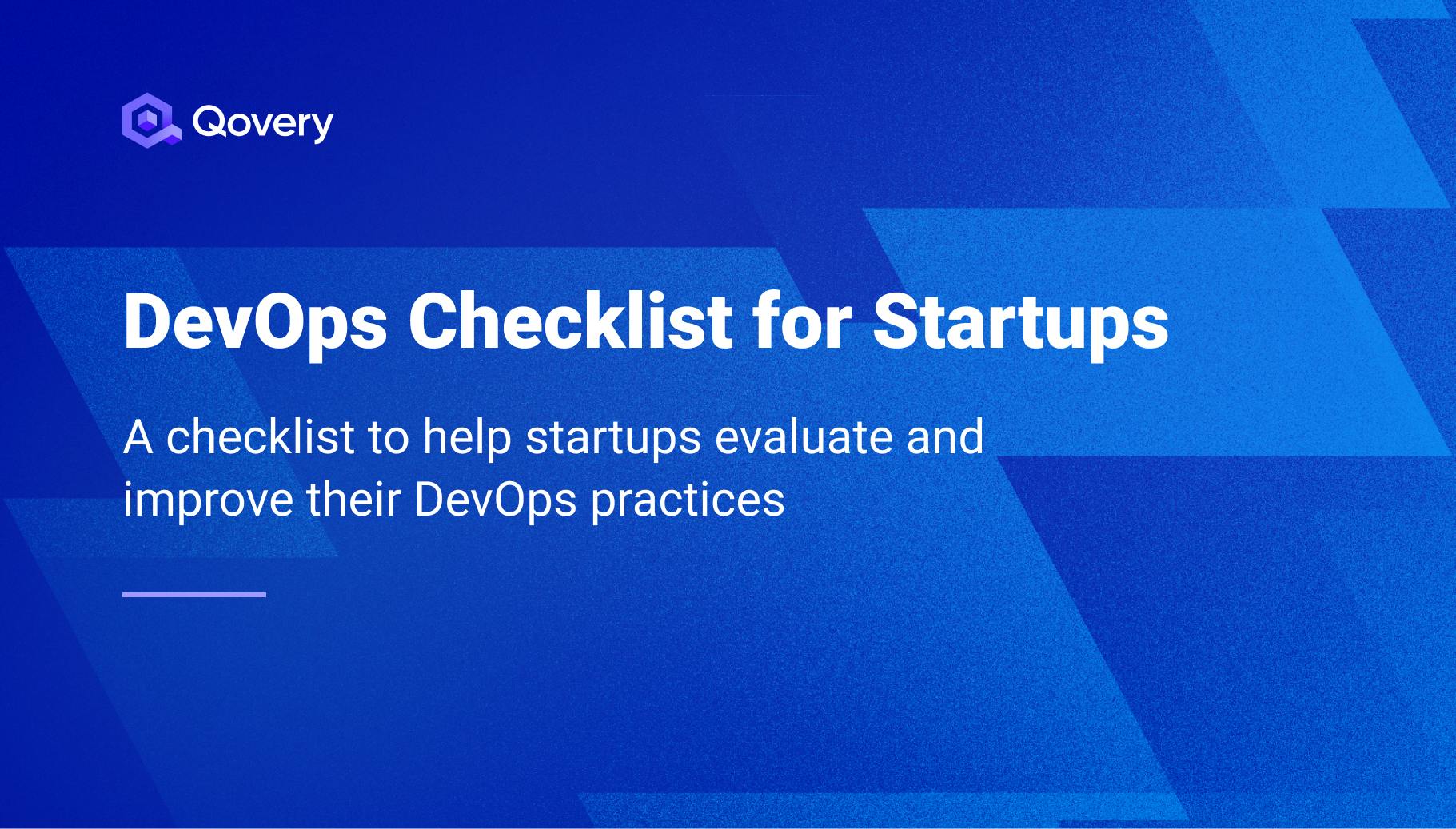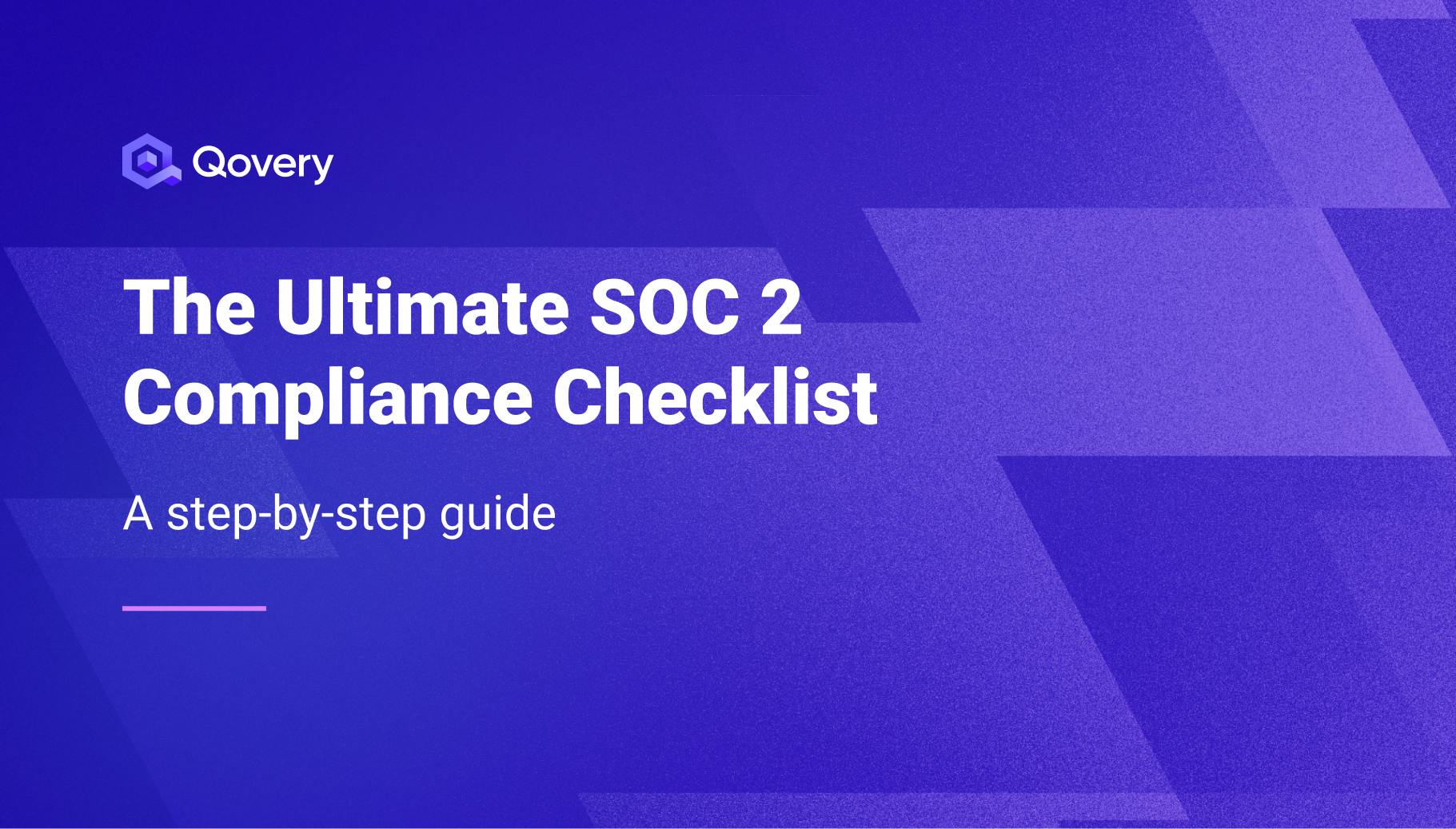Day-0, Day-1, and Day-2 Operations: What Are the Differences?
Operations are the backbone of successful software delivery, but the specifics of each phase—Day-0, Day-1, and Day-2—often get overlooked. Understanding these phases can help you streamline deployments, reduce risks, and maintain robust, scalable systems. Let’s break down what each phase entails and explore their distinct activities, tools, and best practices.

Morgan Perry
August 29, 2024 · 5 min read
#Day-0 Operations: The Planning Phase
Day-0 operations are all about planning and preparing for your application’s lifecycle. This phase involves defining the architecture, selecting the right tools, and setting the stage for a successful deployment. Effective Day-0 planning minimizes risks and sets clear expectations for the subsequent phases.
#Key activities in Day-0 operations
• Architecture design: Define the system architecture, taking into consideration factors like scalability, security, and compliance. You can use tools like Lucidchart to create detailed architecture diagrams that outline how different components will interact.
• Tool selection: Choose the appropriate tools and platforms for infrastructure management, CI/CD, and monitoring. For instance, selecting Terraform for infrastructure as code or GitHub Actions for CI/CD pipelines or Qovery for DevOps automation (you can try it out here!).
• Infrastructure planning: Plan the required infrastructure, including cloud services (e.g., AWS, Azure, GCP) or on-premises resources. You can use cost estimation tools like the AWS Pricing Calculator to anticipate and optimize expenses.
• Security and Compliance: Establish security protocols and compliance requirements from the start. Tools like HashiCorp Vault can help manage secrets, while tools like AWS IAM are essential for setting up role-based access control.
#Best Practices
• Thorough planning: Invest time in detailed planning to anticipate potential challenges and avoid costly mistakes later.
• Toolchain alignment: Ensure that the selected tools integrate well with each other to streamline workflows.
• Security first: Embed security into the architecture design from the beginning.
#Day-1 Operations: The Deployment Phase
Day-1 operations focus on the actual deployment of your application. This phase turns your plans into reality by provisioning infrastructure, deploying code, and ensuring that the application is ready for production use. A well-executed Day-1 ensures a smooth transition from development to a live environment.
#Key activities in Day-1 operations
• Infrastructure provisioning: Set up the necessary infrastructure, whether it’s cloud-based or on-premises. You can use Terraform to define and provision infrastructure as code, ensuring consistency across environments. For streamlined infrastructure management and automation, tools like Qovery offer an integrated solution that simplifies provisioning and scaling, reducing the complexity of managing multiple services.
• Code deployment: Deploy application code to the target environment using CI/CD pipelines. GitHub Actions, GitLab CI, or CircleCI are popular tools that automate the build, test, and deployment processes, reducing the risk of human error. Tools like Qovery also enhance deployment automation by providing a unified platform that integrates CI/CD with cloud infrastructure management, allowing for seamless and efficient deployments with minimal configuration.
• Database setup: Prepare the database by migrating schema changes and populating it with initial data. Tools like Flyway can automate database migrations, ensuring that your database is in sync with your application.
• Security configurations: Apply security settings, such as setting up firewalls, configuring SSL certificates, and ensuring that data encryption is enabled. AWS Certificate Manager can simplify the management of SSL/TLS certificates.
#Best Practices
• Automate deployments: Use CI/CD tools to automate the deployment process, reducing manual errors and speeding up time-to-market.
• Test rigorously: Implement thorough testing at each stage of the pipeline to catch issues before they reach production.
• Monitor initial deployments: Closely monitor the first deployments to quickly address any unexpected issues.
Deploying your application shouldn’t be complicated. Qovery makes it effortless with one-click deployments across cloud providers. Start your free trial.
#Day-2 Operations: Maintenance, Monitoring, and Optimization
Day-2 operations involve the ongoing maintenance, monitoring, and optimization of your deployed applications. This phase ensures that the application remains secure, performant, and scalable, adapting to evolving user needs and operational demands.
#Key Activities in Day-2 Operations
• Monitoring and Alerting: Continuously monitor system health, application performance, and security events. Tools like Prometheus, Grafana, and Datadog provide real-time insights that help detect anomalies before they impact users.
• Incident response: Implement a robust incident management plan. Rapid detection and resolution of issues are critical to maintaining uptime and minimizing user disruption. Tools like PagerDuty can streamline the alerting and incident response process.
• Routine maintenance: Regularly update software, apply security patches, and optimize resource usage. Tools like Qovery can automate these maintenance tasks, ensuring consistency and reducing the workload on operations teams.
• Performance tuning: Analyze application and system performance metrics to identify bottlenecks and optimize resources. This might involve resizing instances, optimizing database queries, or adjusting auto-scaling parameters.
#Best Practices
• Proactive monitoring: Set up dashboards and alerts to catch issues early and reduce downtime.
• Automate maintenance: Use automation tools to handle routine maintenance tasks, freeing up time for more strategic work.
• Continuous performance optimization: Regularly review and optimize system performance to ensure scalability and efficiency.

#Wrapping Up
Understanding and managing Day-0, Day-1, and Day-2 operations is crucial for any DevOps team aiming to deliver high-quality software efficiently. These phases represent the full lifecycle of an application, from planning and deployment to ongoing maintenance and optimization. By mastering each phase, teams can ensure that their applications are not only delivered successfully but also maintained and optimized for long-term success.
#How Qovery can help with Day-0, Day-1, and Day-2 Operations
Successfully managing all three phases of operations can be complex, but Qovery simplifies this process by providing an integrated platform that supports your entire DevOps lifecycle.
For Day-0 Operations:
Qovery’s platform helps you plan and set up your cloud infrastructure effortlessly. It allows you to define your infrastructure as code, ensuring that all necessary resources are provisioned consistently across environments.
For Day-1 Operations:
With Qovery, deployment automation is built-in. The platform supports automated CI/CD pipelines, making it easy to deploy your applications with minimal manual intervention. Qovery also ensures that your infrastructure is configured correctly, reducing the risk of deployment failures.
For Day-2 Operations:
Qovery integrates seamlessly with standard market monitoring and alerting tools that keep you informed about the health of your applications and infrastructure. Additionally, Qovery’s automated scaling features ensure that your resources are optimized for performance and cost-efficiency, while its built-in backup and recovery options help you maintain business continuity.
Case Study: Synota’s Success Story with Qovery
Synota, a pioneer in transitive energy solutions on the Lightning Network, faced challenges in managing its complex, decentralized infrastructure. After adopting Qovery, Synota achieved:
• 10 months of zero downtime
• 31% monthly cost savings by optimizing container sizing
• Streamlined deployments across multiple environments, with Qovery’s clone feature enabling quick setup and customization for different customer needs
“Qovery automates DevOps processes in a developer-friendly manner, empowering our team to focus on building and shipping our product seamlessly while ensuring reliability, scalability, and cost-effectiveness in our infrastructure management.” — Colin, Principal Software Engineer, Synota
To see how Qovery can streamline your DevOps processes and simplify your Day-0, Day-1, and Day-2 operations, start a free trial today and feel free to contact us!
Your Favorite DevOps Automation Platform
Qovery is a DevOps Automation Platform Helping 200+ Organizations To Ship Faster and Eliminate DevOps Hiring Needs
Try it out now!

Your Favorite DevOps Automation Platform
Qovery is a DevOps Automation Platform Helping 200+ Organizations To Ship Faster and Eliminate DevOps Hiring Needs
Try it out now!


